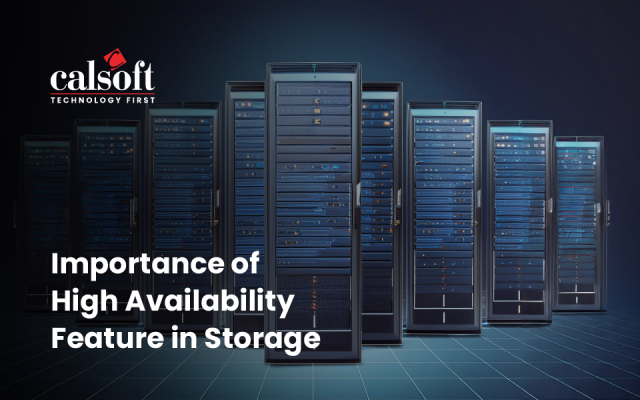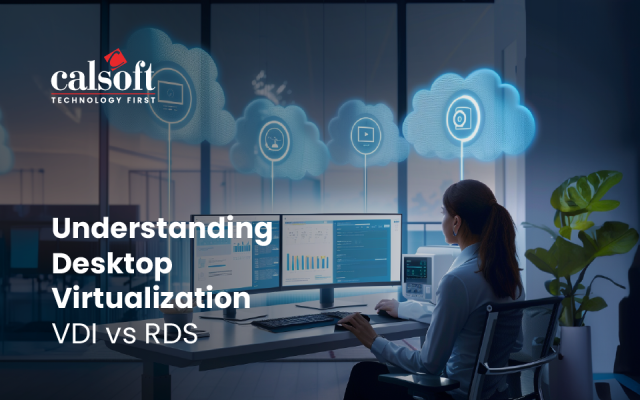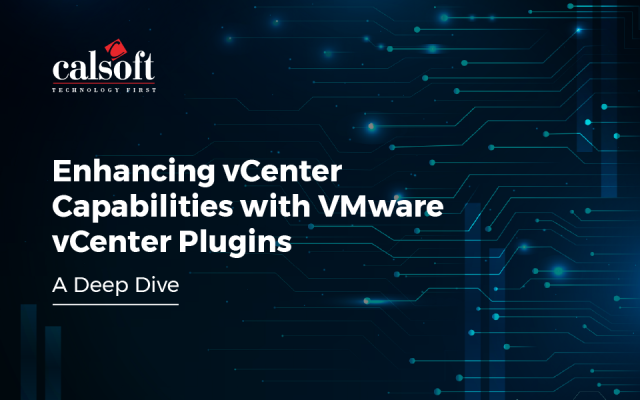There are a lot of areas in the Storage and related spaces that can claim to be hot but one whose claim is more solid than most is Hyper Converged Systems. IDC estimated that in 2014 the market grew by a staggering 162% to reach $ 373 Million. The growth is slated to only accelerate with the market this year estimated to grow to $800 Million and to $ 1.5 Billion next year. Eric Sheppard of IDC says “These systems are helping to deliver many of the proven benefits of integrated systems, including reduced complexity, risk, and inefficiencies, into new environments with targeted infrastructure needs or smaller budgets. As such, hyperconverged systems represent a market expansion opportunity for infrastructure suppliers and their partners.”
Converged systems, when they made their appearance, brought together more than one of the various infrastructure pieces, ie. storage, servers and the network, into a tightly bound solution. The objective, of-course, is simplification. Hyper-converged systems amp up this convergence even more. In a nutshell several infrastructure pieces and services are combined into a single appliance. This allows easier and faster deployment of virtualized loads. Here the objective is to make life even easier largely by becoming very software centric. The architecture is simplified and so is the management.
Hyper-converged systems initially found favor with smaller environments like small and medium enterprises or small groups and specific niche applications within larger enterprises and VDI type projects as their needs for scale and security are more manageable.
The market seems to be evolving in 2 parallel directions – the preconfigured solution from the players like Nutanix, SimpliVity, Pivot3, IdealStor, Scale Computing and the like and the VMWare VSAN and HP StoreVirtual like self-constructed hyper-converged systems. The Nutanix approach seems to be in front at this time with Nutanix itself being 52% of the total segment according to IDC. There was lots of other good news for Nutanix too over the year – funding rounds getting together $ 246 Million and OEM agreements with Dell all added up to a stellar year for the company.
That’s not to say that there are no challenges. It seems to be difficult to make upgrades or small changes to the system. As an example if you need to add more storage you would need to add an appliance, effectively adding more computational power as well. There also seem to be significant issues in trying to make changes to the way the storage is configured for specific applications. These challenges seem to be better addressed with the “build your own platform” approach. In either case the number of potential users seem to be piling – in a recent interview the case was made that over the coming 5 years as many as two-thirds of all products customers own would be converged.
A market so hot is also ripe for shakeout news – the most recent one seems to be persistent rumor that Cisco will announce a bid to acquire Nutanix despite the hefty price tag. Nutanix management has sought to lay those rumors to rest and in fact has hinted at the possibility of Dell being a possible suitor but stories persist. There are also alliances being formed as we speak. Most of the players in the market also seem to be making moves – HP based on StoreVirtual, EMC around VSPEX BLUE, HDS around Hyper-Scale Out Platform and so on. If the other major players like IBM and NetApp have serious plans they seem to be still under wraps. Lots of interesting storylines developing here in parallel.
The numbers are clear – the Hyper-converged storage systems market is a huge chunk of the storage scene and slated to become much bigger and who’s complaining – not the data center that’s for sure.
To know more email: marketing@calsoftinc.com
Anupam Bhide | Calsoft Inc.






